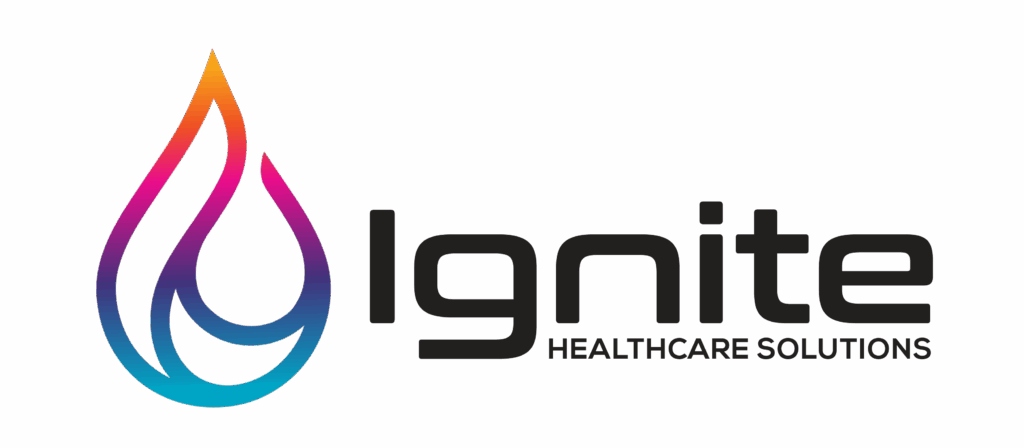At Ignite Healthcare Solutions, we maintain a list of standard key performance indicators (KPIs) that we monitor and share with our clients to assess the health of their business. One of the primary metrics we focus on is accounts receivable (AR) over 120 days.
We typically advise our clients to keep their percentage of AR over 120 days below 15%. This benchmark is crucial for healthcare organizations, as it indicates the effectiveness of their revenue collection processes. If your AR percentage exceeds 15%, it may be an indicator of various issues:
- Recurring billing issues related to coding errors or documentation deficiencies.
- Credentialing or enrollment issues.
- Timely filing issues related to charge entry lag.
The Importance of Monitoring Your Accounts Receivable
- Cash flow management: AR over 120 days signifies delayed payments, which can impact your organization’s cash flow. Regular monitoring helps in early identification of potential cash flow issues and allows for proactive measures to address them.
- Revenue optimization: Identifying and resolving AR over 120 days promptly can help optimize revenue by ensuring timely collection of outstanding balances. This can also reduce the need for costly collection efforts.
- Identification of billing issues: Monitoring AR over 120 days can help identify recurring billing issues, such as coding errors or documentation deficiencies, which can be rectified to prevent future payment delays.
- Regulatory compliance: Healthcare organizations must comply with various regulations regarding billing and collection practices. Monitoring AR over 120 days helps ensure compliance, reducing the risk of penalties or fines.
- Relationship management: Timely resolution of AR over 120 days can help maintain positive relationships with patients and payers by demonstrating a commitment to fair and timely billing practices.
To run this report in athena, we recommend using the Accounts Receivable Aging Wizard by service date as a CSV file and including the following fields: Insurance Reporting Category, Insurance Package, Claim Status, Show Claim ID, and Show Current Error.
To calculate % AR over 120 days, divide the 120 column by the total column. You may also create a pivot table to analyze all AR over 120 days by status, current error, and insurance package to identify issues.
Monitoring accounts receivable over 120 days in healthcare is essential for maintaining financial stability, optimizing revenue, ensuring regulatory compliance, and preserving positive relationships with patients and payers.
If you are unaware of this report in athena, we would be happy to discuss and help you implement these practices at your practice for greater efficiency.



